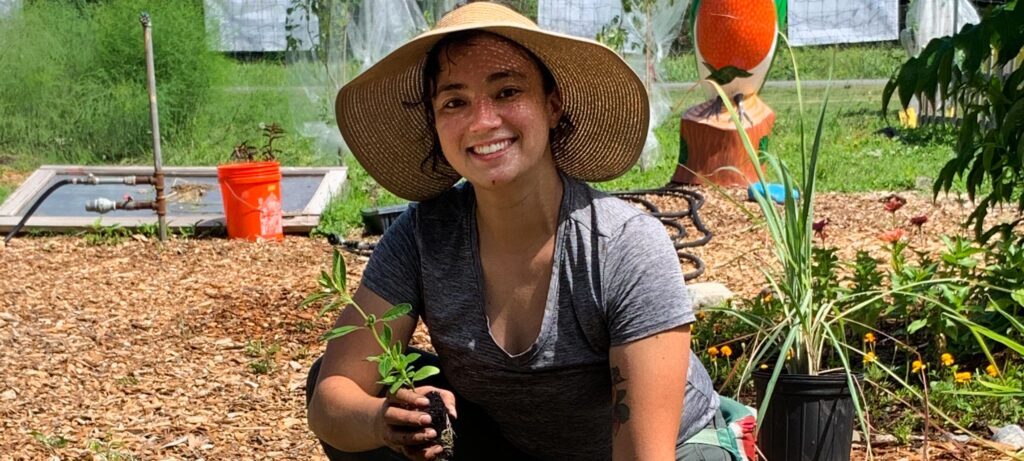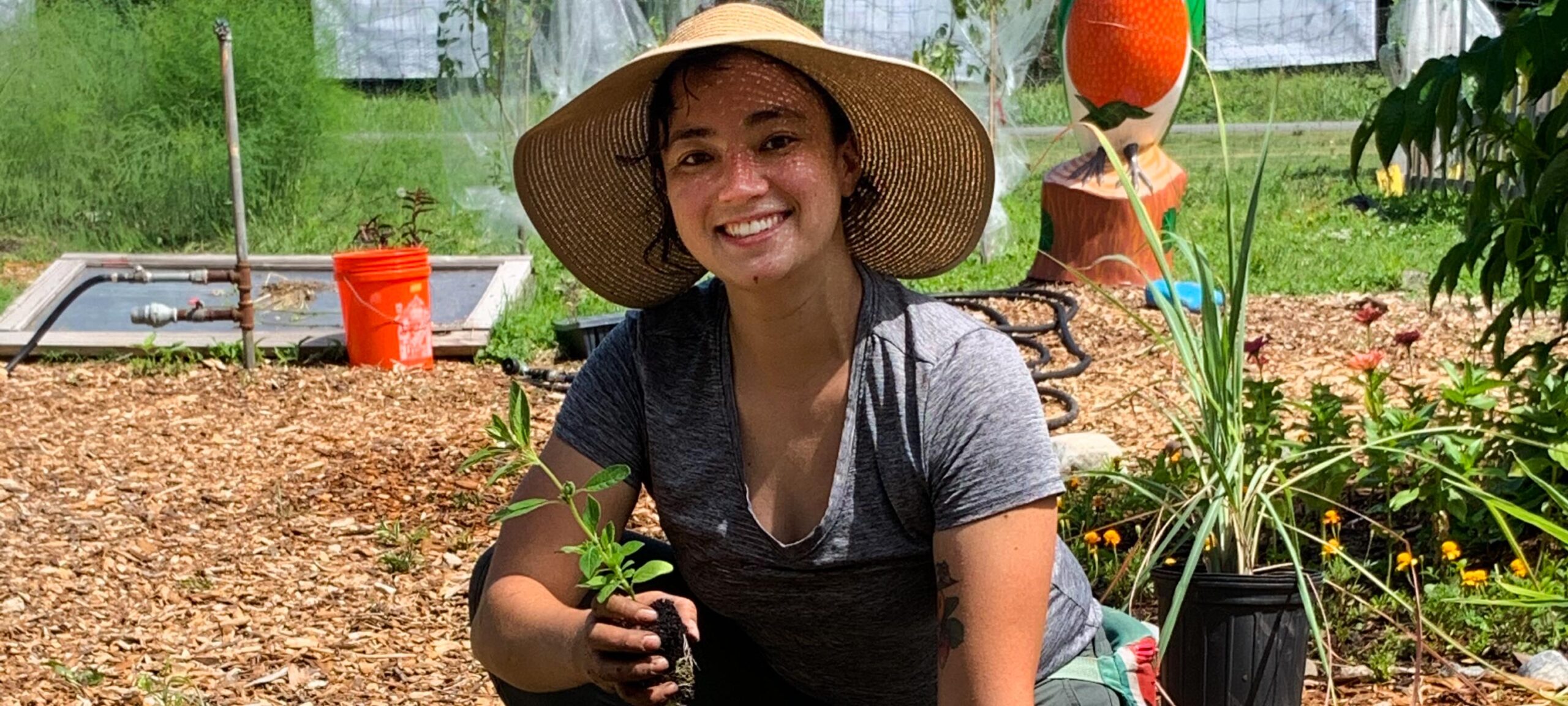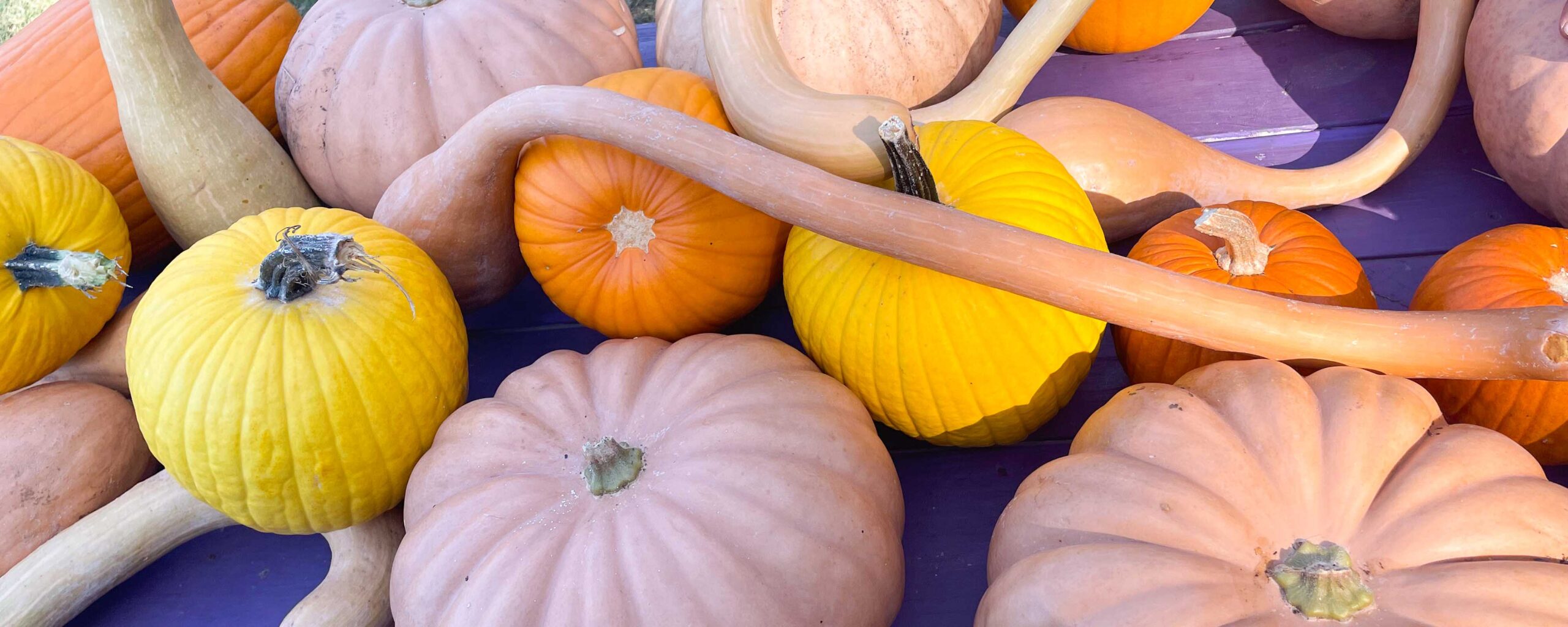Emilia’s Garden Tips: Preparing for Spring & Starting Seeds Inside
It’s not too early to prepare for spring gardening!
Consider sourcing seeds, gathering supplies, planting cool-weather seeds, caring for your tools, and pruning your trees and shrubs. After assessing your resources, adding any you don’t have, and maintaining your tools and existing plants, you will be ready for a fruitful season of growing.
Buying Seeds
Getting ahead and buying your seeds for spring is a great thing to do while waiting to get back in the garden. Plus, seeds vary so much from plant to plant — try doing a sensory observation activity with your students so see how different seeds look, feel, smell, and sound!
Seed companies tend to sell out of popular crops so it’s good to start now. Some great seed companies we like to support are:
A seed swap is also a great idea if you already have seeds but are looking to trade with others and engage with the community while saving a few bucks. Check out Share-A-Seed (@share_a_seed on instagram) for upcoming swaps.
Check out the DC School Garden Planting Calendar for spring crop ideas because some crops you can plant earlier than you think! For example, gold or red potatoes can be planted as early as mid-march!

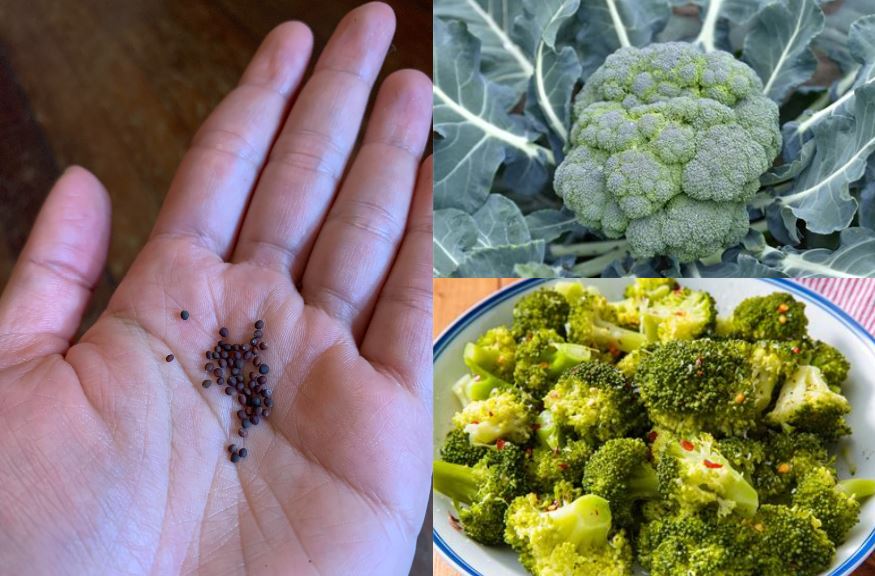
Gathering Supplies like Soil, Compost, Mulch, etc.
Having your materials ready for gardening ahead of time will provide a smoother transition from hibernation mode to busy growing season! Supplies can get sparse at some garden centers/shops when the weather gets warmer and everyone else also has the same idea of starting their garden.
Where you can get supplies now:
- Your local Ace Hardware
- W.S. Jenks & Son
- Veteran Compost
- Lowe’s
FONA’s Spring into School Gardening Event on Sat, March 23rd at the Washington Youth Garden (we will have compost, straw, limited seedlings, and more!)
Starting Seeds Inside
Some crops appreciate a little extra growing time indoors or temperature control before being transplanted outside. This is a great science activity for students and it can be relatively easy and inexpensive to get supplies (see our seed starting tips for more ideas by grade level).
Try using an empty egg carton or old takeout containers as your seedling tray/pot – just be sure to poke some drainage holes in the bottom if the container is plastic.
Don’t forget to label what you planted!
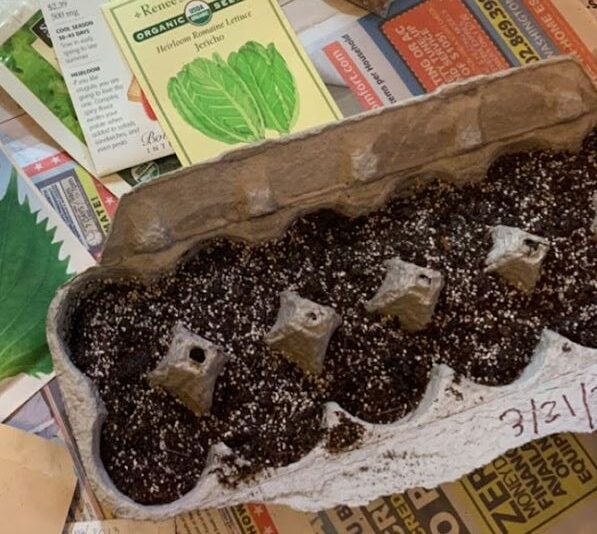
Tool Maintenance
Caring for your tools will ensure that they will last longer, will be easier to use, cause less damage to plants, and help prevent the spread of diseases. Steps for tool care include cleaning and sanitizing, sharpening, repairing, conditioning, and storing. Learn how to care for your tools with Master Gardeners from Northern VA.
Tree & Shrub Pruning
Winter and early spring pruning for fruit trees is great because the tree is dormant (with no leaves, flowers, or fruit). In dormancy, the tree is saving its energy getting ready to fuel blossom, leaf, branch, and root growth, so you are able to trim branches without damaging the tree. When warm temperatures come, instead of the tree using its energy on the growth of poor quality branches, it will focus that energy on growing the best branches and on producing fruit. It is also easier to see your tree’s structure and to decide which cuts to make in winter. Branch growth slows down in late fall/early winter so if done too early, the tree cannot heal the cuts properly and this could invite disease or other damage to the tree. Learn how to prune most trees during the winter.


